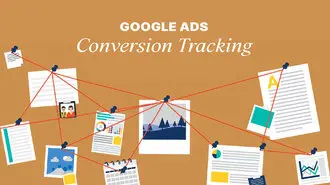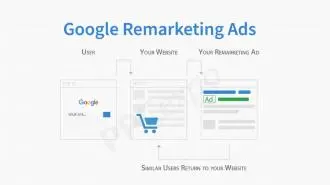Summary / TL;DR
The blog compares STAG (single theme ad groups) and SKAG (single keyword ad groups) strategies in Google Ads, highlighting a shift toward STAGs as Google's algorithm evolves. SKAGs focus on specific keywords for greater control over ad relevance and CTR, but have become less effective since Google's updates to close variants and intent-matching. STAGs group related keywords by theme, facilitating better data collection, automated bidding, and broader search matching. STAGs also simplify account management and help drive higher impressions. While SKAGs can still work with careful execution, STAGs now offer better scalability and performance in most campaign scenarios.
Google Ads or PPC marketing constantly updates how it works, so you must keep up with these changes.
There’s been a significant shift from SKAG (single keyword ad groups) to STAGs (single theme ad groups), which are proving more profitable for PPC advertisers. Many consider it one of Google’s top strategies, driving increased traffic, more data insights, and higher conversion rates.
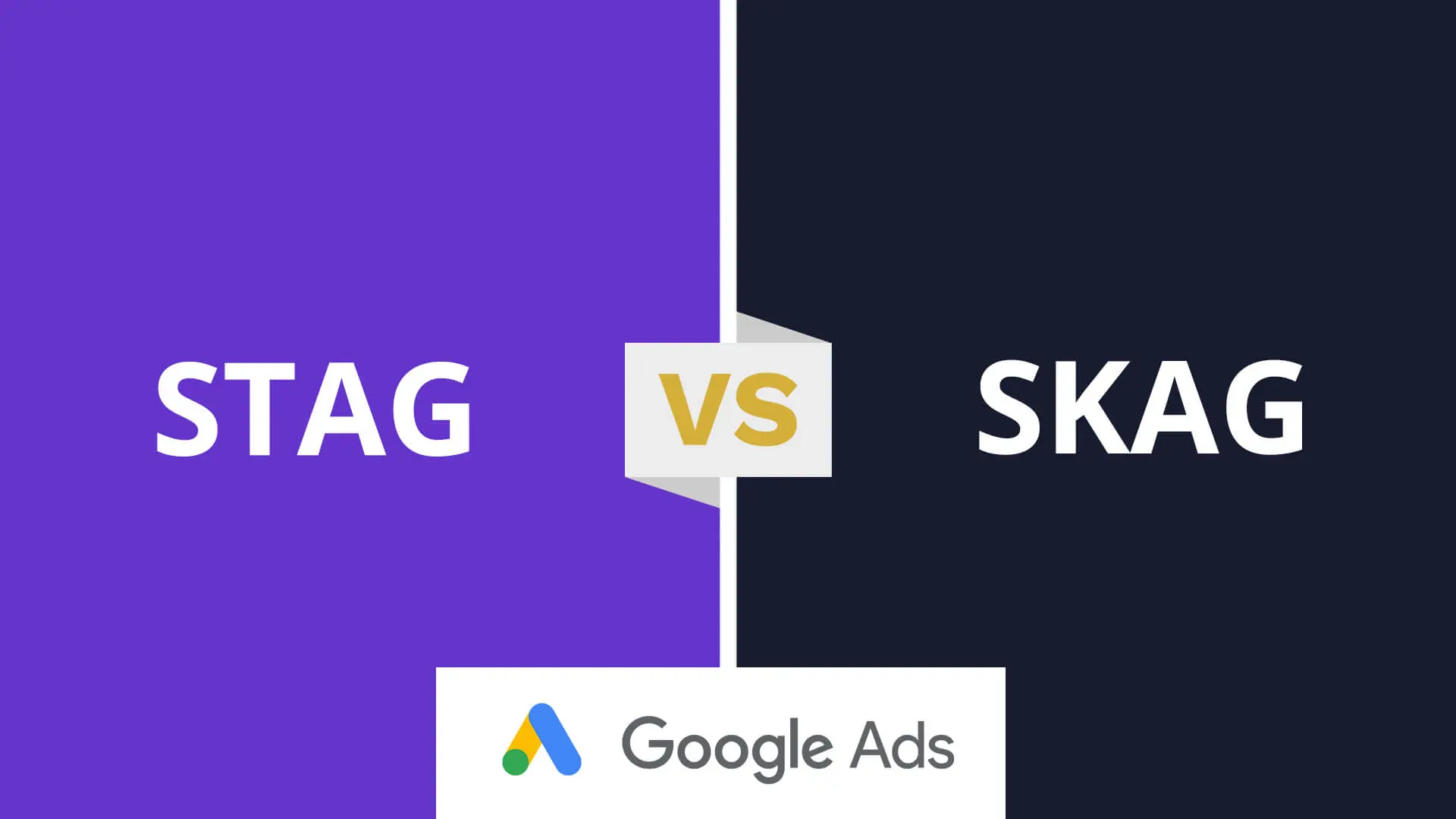
But then again, SKAGs with only one keyword per ad group are famous for their exact-match keyword strategy. So, the ongoing debate of which is better—STAG or SKAG—continues.
In this guide, we’ll compare these ad group strategies in detail and explore the core concepts behind single keyword and single theme ad groups.
Let’s jump in and compare STAG vs SKAG types of Google Ads campaigns and the difference between their match types.
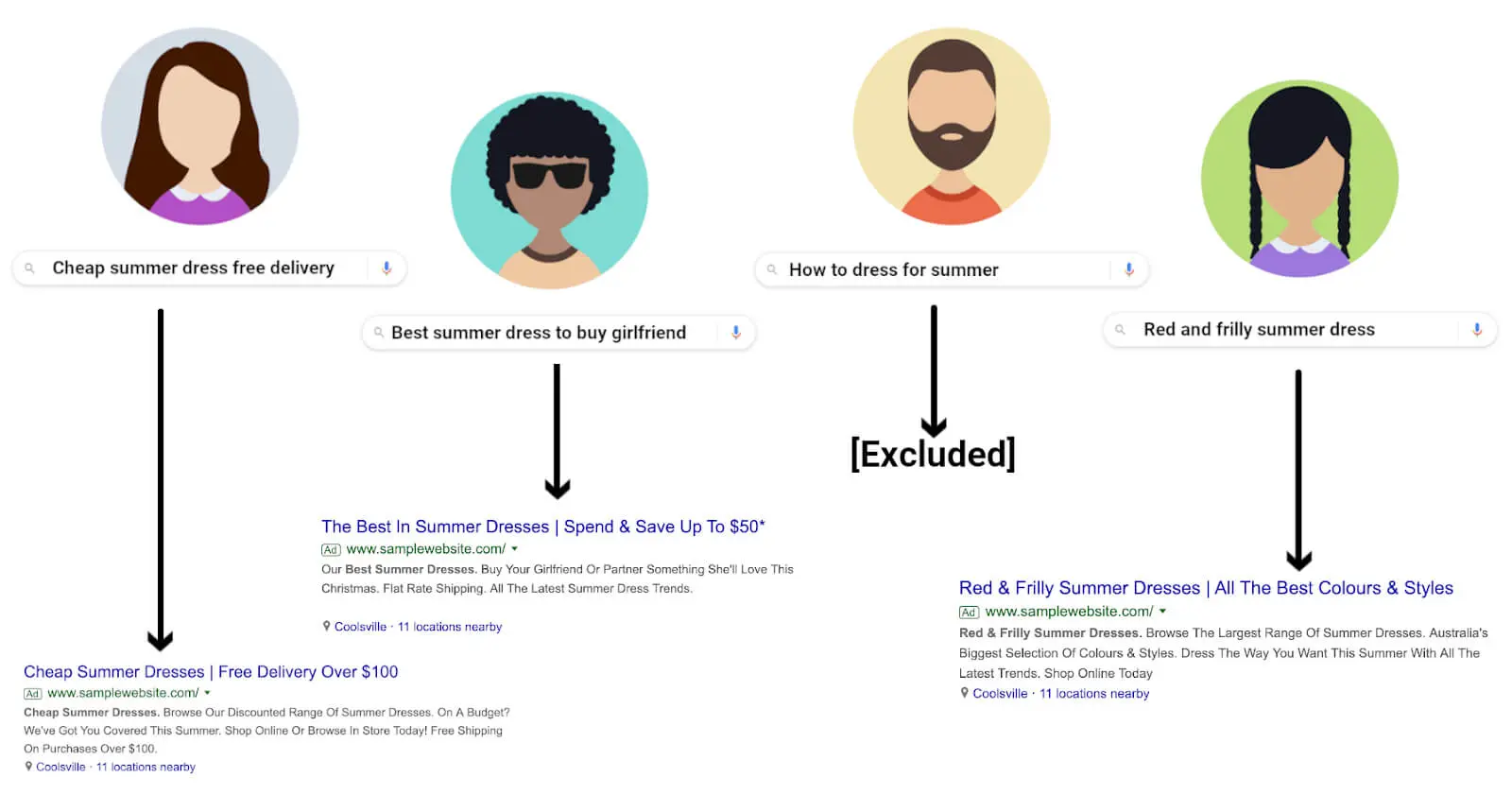
What Are Single Keyword Ad Groups (SKAGs)?
SKAG involves creating separate ad groups for each keyword. Advertisers can boost ROI, CTR, and ad relevance by assigning a target keyword to specific ad groups. This method not only enhances quality scores but also reduces costs, helping website owners drive traffic, generate leads, and boost conversion rates and sales.
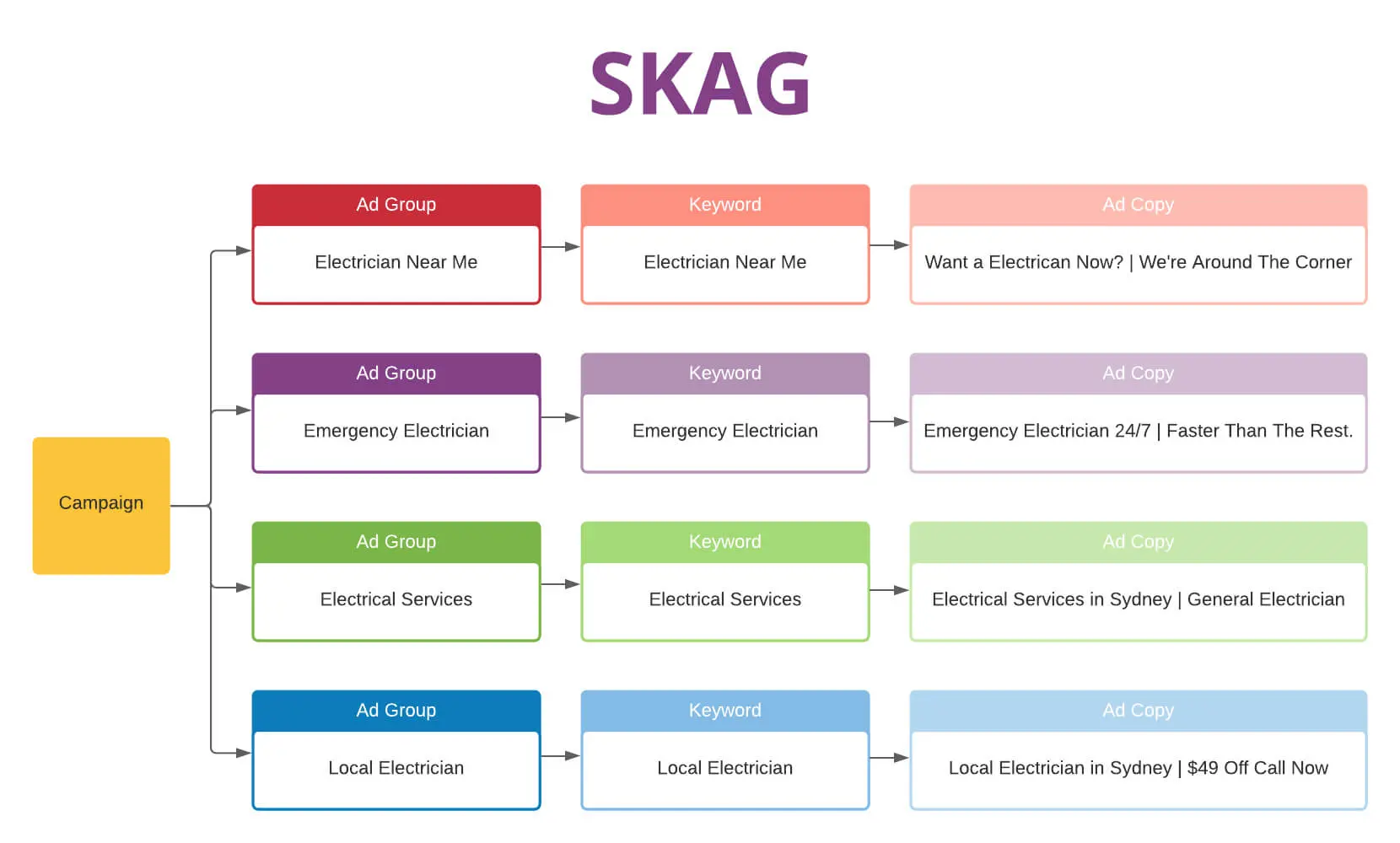
Regarding its account structure, SKAGs usually follow any of the below formats.
- Ad groups with a massive budget in a single campaign.
- A single ad group per campaign with a shared or micro-budget.
- A varying number of single-keyword ad groups in one campaign, with each keyword having its own ad group. The budget for each ad group will be set strategically based on the products and services represented.
Consider the keywords “training” and “trainer” — traditionally, they should have their ad groups with negatives to drive traffic. This strategy lets advertisers craft ad copies, leveraging language on the website landing page and ad group.
This should have improved quality scores and helped advertisers control their budgets. In reality, the strategy would deprive businesses of crucial resources by concentrating the budget only on a few selected ad groups and keywords.
Want to receive updates? Sign up to our newsletter
Each time a new blog is posted, you’ll receive a notification, it’s really that simple.
Are SKAGs Really Dead?
SKAG campaigns must place all ad groups in one campaign, or advertisers should have micro-budgets for a single ad group per campaign. The latter leads to significant losses, and dumping ad groups in a single Google Ads campaign leads to poor budget allocation.
SKAGs were specifically designed to match people’s search terms with displayed ads. For instance, if someone searched for “sugar-free energy bars,” the SKAG would ensure your ad was shown to users who searched for exactly that phrase.
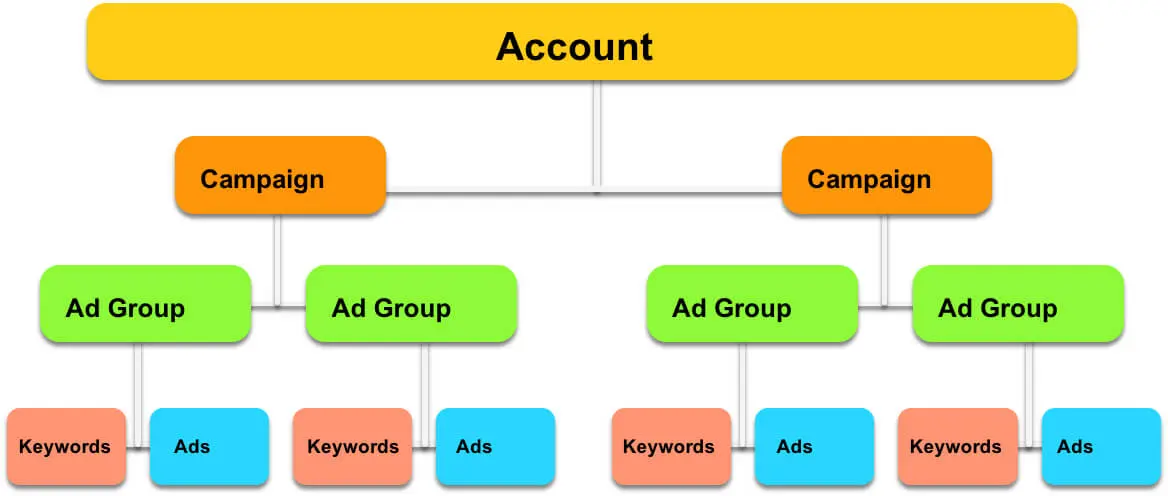
However, since Google updated its concept of close variants in 2018, ads for the keywords “sugar-free energy bars” can also be displayed to users searching for “zero-calorie energy bars.” Both users searched for healthy energy bars that wouldn’t add calories.
The shift of Google’s primary focus to keyword search intent created a problem for SKAG campaigns. Before this, an advertiser would bid for exact match types. However, the search term “exact” could also mean “broad”.
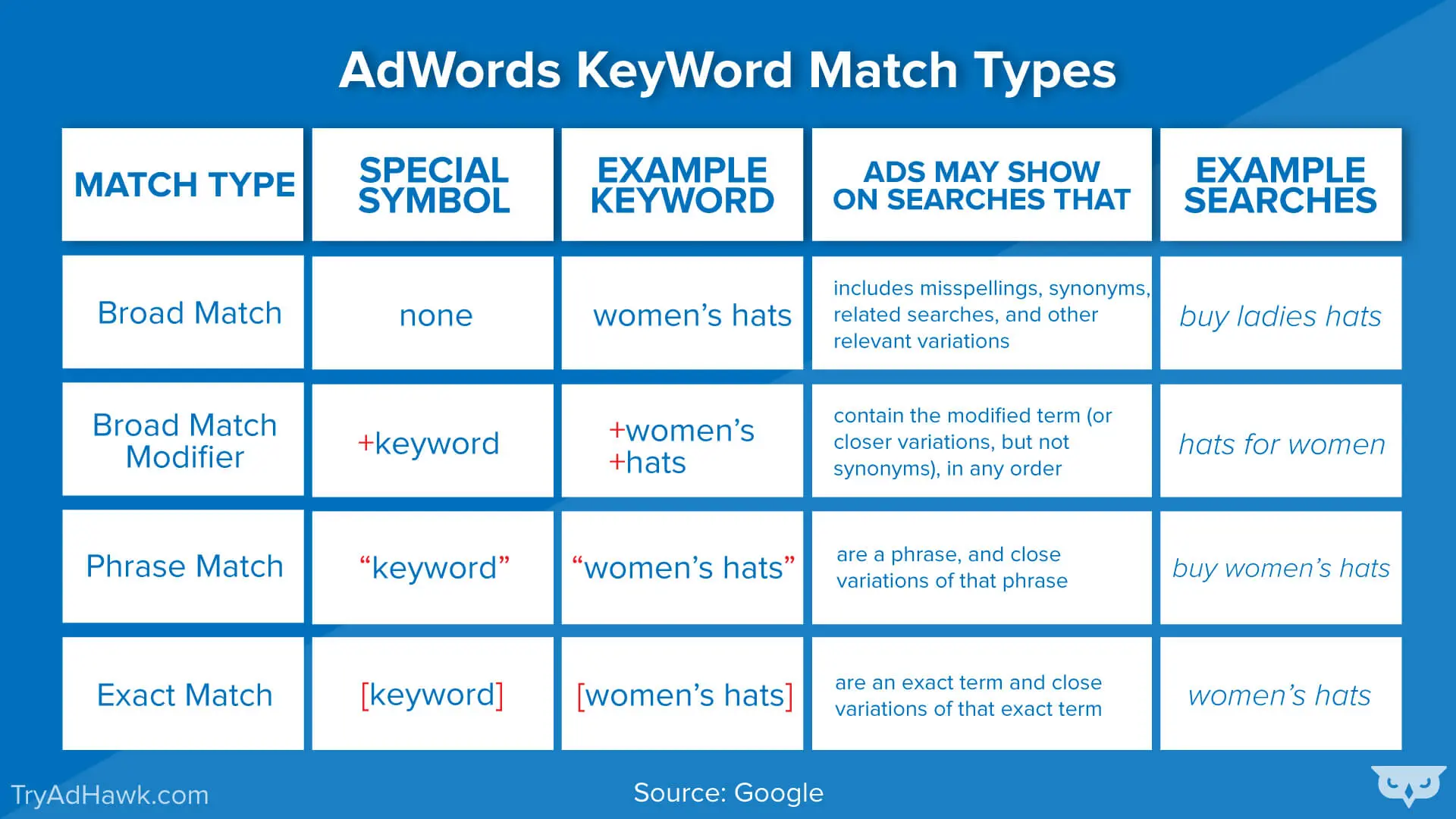
The only hope for SKAG accounts was “phrase match,” but even that couldn’t compete with other PPC marketing strategies after the alteration of close variants.
In addition, it was challenging for even the most experienced copywriters to create unique and exciting ads for SKAGs. Nonetheless, SKAG campaigns can work as effectively as before, provided they are not overdone.
How Do SKAGs Still Work?
In any SKAG campaign, advertisers can show a specific ad for a search query by using exact match keywords. Additionally, they can include close variants of the keywords in the ad group. Still, these close variants should be set as negative keywords to prevent the ad from appearing for unintended variations suggested by Google.
It’s crucial to supervise the process to avoid overdoing SKAGs. If not managed carefully, the account structure can become cumbersome, potentially reducing your return on investment.
Note that keywords with a high search volume improve the account’s average quality score. So, it’s crucial to strike a balance between scaling the accounts with ad groups and creating a manageable account with the primary keywords grouped in each SKAG campaign.
As an advertiser, you can also build a new SKAG campaign using Google’s 20KAG or 20 keyword ad groups as a starting point. It’s an effective technique and involves grouping up to 20 keywords into matching themes with the help of numeric metrics.
Another impressive strategy we support is the single long-tail broad keyword, with other keywords as exact match type negatives. This will enable you to pick up data on how your target audience might be searching. You’ll also be able to secure them by knowing the right auction price.
What Are Single Theme Ad Groups (STAGs)?
STAGs play a crucial role in driving Google Ads and PPC (pay-per-click) campaigns. These PPC campaigns focus on themes, categorising keywords into groups based on specific themes rather than syntax. STAGs have become a preferred replacement for Single Theme Ad Groups since Google Ads updated its definition of close variants in 2014, which aimed to address plural keywords and spelling errors.

Unlike single-keyword ad groups, STAG campaigns don’t limit the number of keywords. However, the keywords must match the distinguished themes and the base keyword modifiers.
For example, if the base keyword is a type of profession and the modifier is “services,” terms such as accounting services, car hire services, plumbing services, etc., will be grouped accordingly. Here, “services” is the common theme these keywords share.
Remember, using a single theme ad group is ideal for successful campaigns because it prevents lumping all keywords into one group. Additionally, you can align budgets with profits.
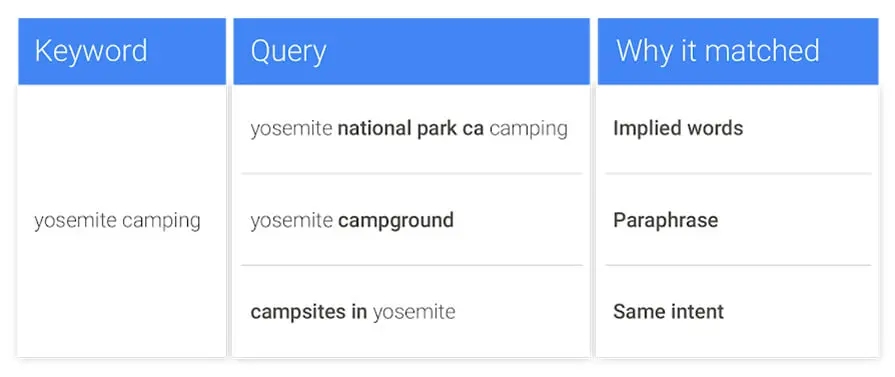
Structuring STAGs
Here we’ll discuss the three ways to structure single-theme ad groups (STAGs).
- You could use the product or service category as the ad group campaign. Keyword research is the key here, and the audience will govern the ad group.
- Use the probability of profit to structure your ad group campaign. Here, the related products and services are the ad groups.
- You may also use the location and market as your ad group campaign, with products and services as the groups.
Building STAGs in Google Ads
The process to set up STAG account structures is quite simple; follow the steps:
- Start by conducting keyword research and compiling a list of keywords relevant to your business, brand, product or service.
- Once the list is created, remove keywords that might be overlapping while keeping themes and the match type in mind. Make sure you identify the primary themes and group them accordingly.
- Match the keywords to similar-themed groups while adding specific details.
- Write an ad copy for each based on the theme and search term variations.
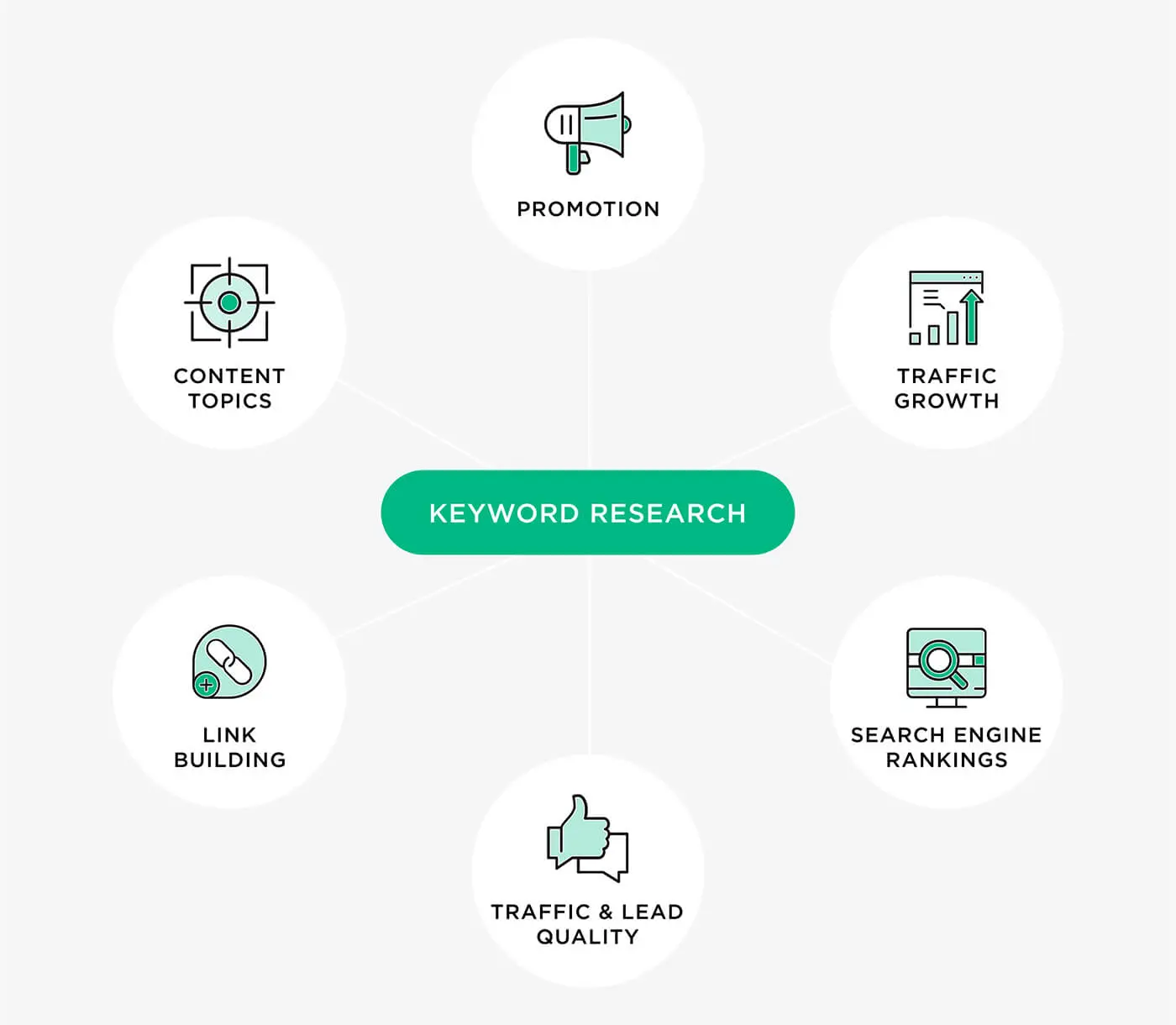
Benefits Of A Single Theme Ad Group (STAG)
1. Better Control
You might find grouping keywords based on priority with SKAG campaigns challenging. Using Excel sheets to group keywords and create combinations of match types, producing more than a hundred SKAGs, can make it tedious to choose which ones matter the most.
On the contrary, STAGs can organise these keyword lists to have a group of ten ads instead of hundreds, making it easier to manage.
2. More Impression Data
The strong connection between ad copy and keyword improves quality scores and ensures higher ROI, allowing SKAGs to thrive. You’ll then have to wait for the data to gather on the different ad groups to test ad copy.
This isn’t the case for STAG, as it has more keywords in one ad group, so you won’t have to wait for the keywords to drive traffic. Plus, you’ll get to test ad copy on more impressions per week, leading to informed decisions about which ad copy isn’t working well.
3. Better Automated Bidding Strategies
The Google Ads automatic bidding strategies, like target ROAS and target CPA, are gaining immense popularity. It’s better to use a SKAG account structure instead of overdoing SKAG. The latter will only divide the conversion data across more ad groups, making machine learning and bidding less effective. It will lead to a slower and less comprehensive learning process.

You also need impression data for Google’s target CPA to work efficiently. Suppose you create a STAG with three to five similar-themed keywords, having around 1,000 impressions per week. In that case, the target CPA for this ad group will be the most effective. However, the outcome wouldn’t be the same if each similar-themed keyword were placed separately.

Switching From SKAG To STAG
Here are a few tips for transitioning from SKAG to STA, which will help you run successful Google ad campaigns.
1. Avoid Pausing High-Performing Keywords
Restructuring or shifting ad groups may not always ensure the best results. Refrain from pausing keywords for SKAGs with a reasonable conversion rate. This will help you get stability instead of building a whole new structure.
Keep in mind that it’s best to use high-performing keywords as the base while setting up a STAG.
2. Pause Low-Performing Keywords
A close variant of any keyword should be paused. Even keyword concepts that may not fit your budget can be scrapped. Dedicate your time to essential group keywords not covered by long-tail extensions.
3. Duplicate The Ad Group Campaign
It’s better to duplicate your ad group campaign before making drastic changes. This is a standard error in PPC; whenever you change, the structure disappears, so there’s no way of returning to the old account.
We suggest changing to a duplicate copy of the campaign to keep everything safe. If the new STAG structure doesn’t work well, you could always return to the original STAG as a backup.
Nonetheless, giving the new structure time is equally important to prove its worth.
Conclusion on SKAG vs STAG Campaigns in Google Ads
Despite the changes made by Google, there's no denying that SKAG is an excellent way to organise ad groups. However, they work best when there are fewer keywords and search terms.
On the other hand, STAGs work better with more similar-themed keywords per ad group. But if you ask us, SKAG and STAG can work side-by-side, provided you get the right balance between the two.
This can help you achieve an optimum account structure while reducing ad group costs and improving manageability. That being said, STAG account organisations are still favoured more than SKAGs because of machine learning/automatic bidding and keyword matching strategies.
Choosing the right campaign structure and optimizing it for your specific business goals requires expertise. Our Google Ads management services help businesses structure campaigns effectively, whether using STAG, SKAG, or hybrid approaches tailored to your industry and objectives.

